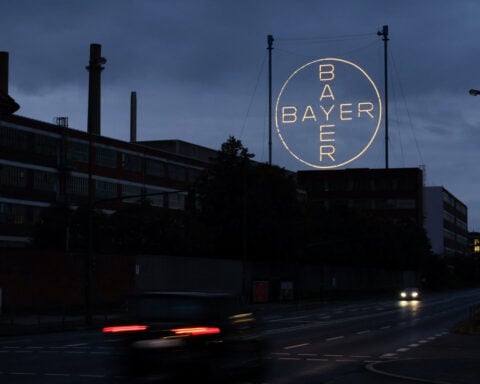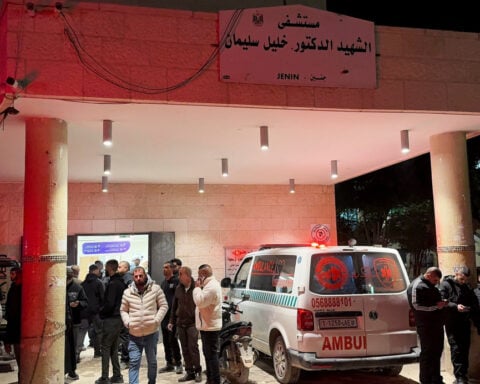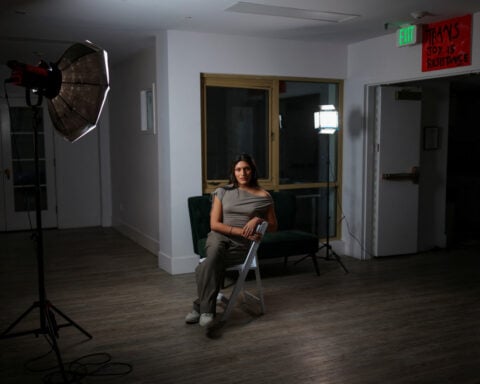(Reuters) -The U.S. Food and Drug Administration on Wednesday recommended steps for drugmakers and medical device makers to improve racial, ethnic and other diversity in their clinical trials.
The draft guidance includes suggestions for companies and researchers conducting trials on how to set goals for study enrollment, separated by age group, ethnicity, sex and race, and describe how they intend to meet those goals, the FDA said.
The objective of the guidance is to improve the composition of patient population at clinical trials that have had lower participation by some groups including Black Americans despite higher rates of certain diseases in the underrepresented groups than in the general population.
The FDA said the goals for a study, or the "diversity action plan", should be set keeping in mind the estimated prevalence of a disease for which the drug or device is being evaluated.
"These plans may help ensure that sponsors are thinking critically and intentionally about the many characteristics of the patient population they aim to treat when designing their clinical study," said Richard Pazdur director of FDA's Oncology Center of Excellence.
FDA's guidance, which is not legally binding, is typically followed by companies seeking the agency's approval for their products.
The FDA will require companies to file plans on how they intend to increase diversity in studies of most new drugs and medical devices under the 2022 Food and Drug Omnibus Reform Act.
The regulator also laid out the criteria and process through which the agency will evaluate a manufacturer's request to not declare their goals.
Improving access to clinical trials, such as by initiating the study in geographical sites with diverse populations, could help drugmakers achieve enrollment goals.
The agency will seek comments on the draft guidance for 90 days before finalizing them. All studies that begin enrollment within 6 months after the final guidelines are published will need to comply with them.
(Reporting by Manas Mishra and Bhanvi Satija in Bengaluru; Editing by Shailesh Kuber and Shinjini Ganguli)

 Bangladesh Supreme Court acquits ex-Prime Minister Zia, clearing the way for her to run in elections
Bangladesh Supreme Court acquits ex-Prime Minister Zia, clearing the way for her to run in elections
 British author Neil Gaiman denies ever engaging in non-consensual sex as more accusers come forward
British author Neil Gaiman denies ever engaging in non-consensual sex as more accusers come forward
 A look at the events that led up to the detention of South Korean President Yoon Suk Yeol
A look at the events that led up to the detention of South Korean President Yoon Suk Yeol
 Two private lunar landers head toward the moon in a roundabout journey
Two private lunar landers head toward the moon in a roundabout journey
 TikTok preparing for U.S. shut-off on Sunday, The Information reports
TikTok preparing for U.S. shut-off on Sunday, The Information reports
 Japan's Makino Milling requests changes to unsolicited bid from Nidec
Japan's Makino Milling requests changes to unsolicited bid from Nidec
 As Los Angeles burns, Hollywood's Oscar season turns into a pledge drive
As Los Angeles burns, Hollywood's Oscar season turns into a pledge drive
 As fires ravage Los Angeles, Tiger Woods isn't sure what will happen with Riviera tournament
As fires ravage Los Angeles, Tiger Woods isn't sure what will happen with Riviera tournament








